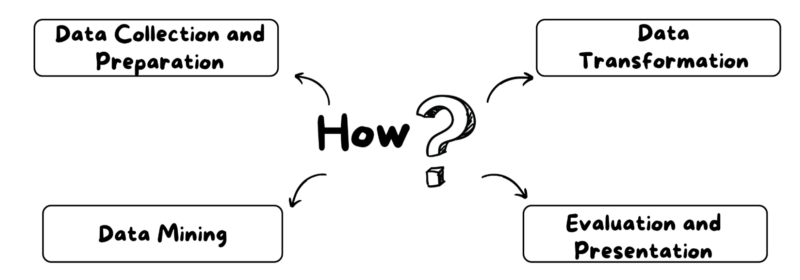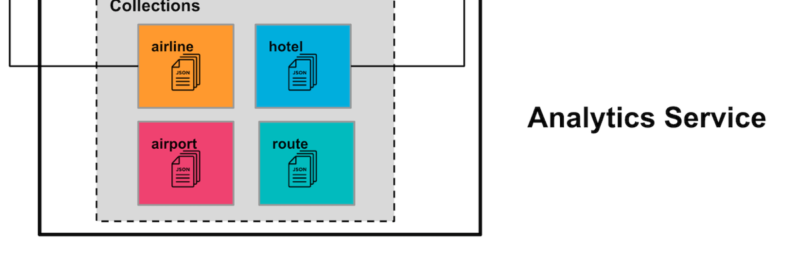Tag: data analytics

What is Data Mining? Techniques, Tools, and Applications
What is Data Mining? Data mining is a type of data analysis that involves searching through large amounts of information to find patterns and insights. Imagine having a giant library with thousands of books, but you just need to find...

Data Analysis Methods: Qualitative vs. Quantitative
Data analysis is a crucial step in extracting meaningful insights from collected data. Two common approaches to analyzing data are qualitative and quantitative analysis. Each method offers different techniques for interpreting and understanding your findings. This blog post will further...

What is Data Analysis? (Types, Methods, and Tools)
Data analysis is the process of cleaning, transforming, and interpreting data to uncover insights, patterns, and trends. It plays a crucial role in decision making, problem solving, and driving innovation across various domains. In addition to further exploring the role...

Your Guide to User-Defined Functions in Couchbase Analytics
User-defined functions put you in the driver’s seat when it comes to querying and analyzing your data. In the Couchbase ecosystem, user-defined functions (UDFs) are reusable and parameterizable SQL++ queries that enable you to modularize queries and increase code reuse...

Level Up Your Data Analytics with the New CUBE Functionality in Couchbase Analytics
Data analytics capabilities in Couchbase just got more robust with the 7.0 release. I’m excited to announce two new powerful capabilities now available as part of Couchbase Analytics: 1) the CUBE functionality, and 2) ROLLUP aggregation, both to help you...

Simplify Your Data Analysis with Scopes & Collections in Couchbase Analytics
Scopes and Collections aren’t just for organizing your data – now they can be used for your data analytics as well. As part of the Couchbase 7.0 release, support for Scopes and Collections has been extended to the Analytics Service...

How to Harness Real-Time Data Analytics Using Operational Data
Today’s organizations generate data at massive scales and volumes. Applications running on servers in the cloud, data centers and edge devices all produce more data, from more data sources, than ever before. With this growth, enterprises constantly grapple with efficiently...